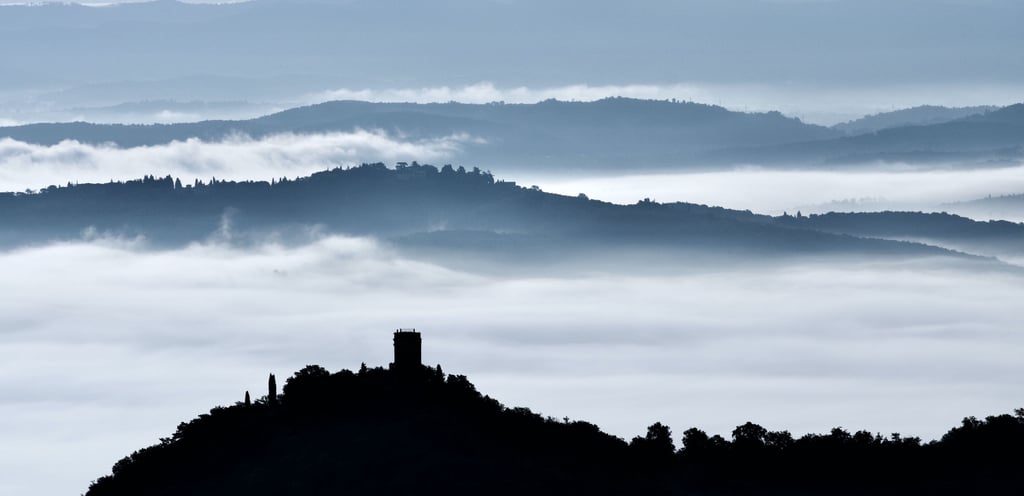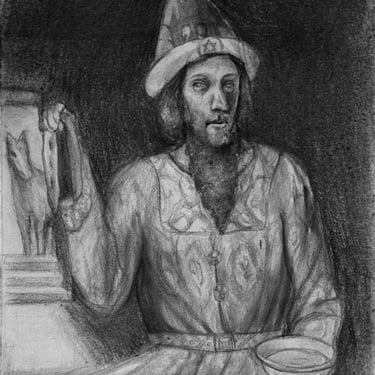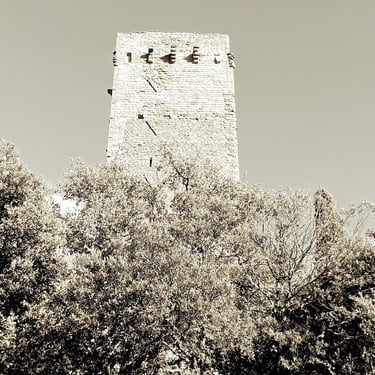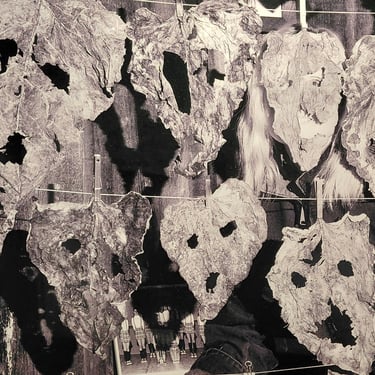Sorcerer in the Tower
A necromancer hunted by the Inquisition and saved by a de' Medici


November 1st is a national holiday in Italy. It’s called La Festa di Ognisanti, All Saints’ Day, a religious holiday that has its roots in the Middle Ages though it was only officially recognized by the Italian government in 1949. For the days leading up to it, Italians flock to cemeteries to pay their respects to loved ones, generally with bunches of flowers, fresh and artificial, or decorative plants to spruce up the tombstones. In modern-day Italy, October 31st, All Hallow’s Eve, has merged the sombre tone of remembering the dearly departed with dressing up as a favorite character, trick-or-treating and general prankerism, in some ways similar to the more traditional Carnevale leading up to Easter.
In this corner of Tuscany, there was once a village witch who practiced white magic and gained fame. Here, there are so many places cloaked in mystery, even eeriness, not necessarily a bad thing. Ensconced high above the Upper Arno Valley. the Torre di Galatrona, The Tower, has drawn in my gaze for years. What remains of a 11th century castle — the territory was the site of territorial disputes between the powerful cities of Florence, Arezzo, and Siena — Galatrona Tower sits at around 500 m.s.l. and was once surrounded by a handful of dwellings where farmers worked the fertile land. Today, two well-regarded wineries bask within its shadow, gorgeous Petrolo and Podere Il Carnesciale, which produces the cult wine Caberlot I've had the pleasure of tasting on more than a few occasions.
Apart from Galatrona’s historic and strategic importance, it’s said it was home to the renowned sorcerer, called Nepo or Nepo di Galatrona, who came to the height of fame in the 15th century during Renaissance. He was celebrated for his ability to mix up efficacious potions, powders, and unguents, to treat a panoply of ailments in humans and animals. Medicine being it was then, Nepo relied on plants, herbs, and other living creatures (such as leeches for bloodletting, a practice among many cultures that gradually faded out in last century) to concoct his cures, relying on the seasons and stars as guides. His curative abilities became so celebrated that he became private “physician” to a number of the powerful de’ Medici clan. Nepo’s was skilled at invoking incantations keeping malevolent spirits at bay or driving them from the possessed. Over his lifetime, the Inquisition was very much alive and engaged in bringing suspected heretics to justice, or for that matter, those accused of using innate powers for nefarious purposes. Necromancers like Nepo, whose garnered fame through his authoritative writings on performing exorcisms, was particularly vulnerable to censure and persecution. Protected by one of Italy’s most omnipotent dynasties, at least on one occasion, Lorenzo the Magnificent intervened on Nepo’s behalf to save his life. After his death, Nepo’s descendants continued to practice witchcraft for the next few centuries, though the Church’s ardent opposition to all forms of sorcery, coupled with the changing times and evolving medical practices, assured its demise.
Even in these parts, you sometimes get wind of a witch or warlord living still practicing white magic in a remote Tuscan village. For these times, though, I’d deem them someone who is a modern-day herbal healer who draws upon spontaneous herbs and plants used for medicinal or curative purposes. In the spirit of modern day Halloween’s deep ties to ancient paganism and later, to Christianity’s negative views on witchcraft and sorcery from which evolved stock stereotypes of what a witch or warlock looks like, I now share this story. Some years ago, there was an older woman living in a small hamlet in the hills near our home. She was known as the “witch of Ventena” because she was said to be mean-spirited and stingy, and still living in the old ages. In fact, she came from a wealthy landed family which (still) a lot of property in the area. I saw her once. As we were driving by a long row of buildings along the main street, a shrunken female figure stood in the doorway of a rundown hovel of a home. She was dressed in dark clothing, a unseasonably long skirt as I remember, and her wizened face framed in a taut headscarf. I’d guessed her to be around 80 years old. I did a double-take out of the rear window and turned to my spouse and described what I had seen. He knew exactly who she was and told me her story. It’s folkloric and makes for a good story though I’d never describe her as a witch today. Just as a childless woman who’d never married, who lived out of step the times alone in the countryside as she wished to. And the views from the village of Ventena? Simply breathtaking.
P.S. The two ghostly and ghoulish shapes below are extracts taken from the evocative images by Maine-based photographer Pia-Paulina Guilmoth. Her work recently featured in On The Move, an international photography festival held every year in Cortona, Tuscany.




